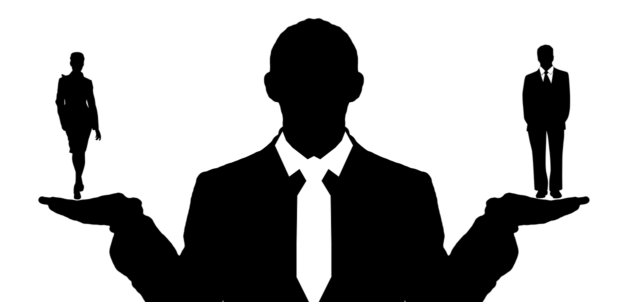“A woman with a voice is by definition a strong woman. But the search to find that voice can be remarkably difficult.” – Melinda Gates
Even though there are more women than men in Europe, female entrepreneurs represent only a third of the self-employed in the EU. There are some additional factors (such as reconciling business and family) that make entrepreneurship a less attractive option for them than for men.
In Europe, according to the statistic, “Women business owners share in Europe in 2017, by country”, in 2017, the largest percentage of women business owners could be found in Russia, at roughly one-third of the total business owners. In Romania, on the other hand, only 25.3 percent of the business owners were female. The highest score was in Uganda, at 34.8 percent. In Italy the percent was at 25.9, Spain – 30.8%, Germany – 25.5%.
Main challenges faced by female entrepreneurs
When establishing and running a business, women face challenges such as:
- access to finance;
- access to information;
- training;
- access to networks for business purposes;
- reconciling business and family concerns.
Support tools for female entrepreneurs
The European Commission supports several tools such as networks and an e-platform helping women become entrepreneurs and run successful businesses:
- WEgate-platform: a one-stop-shop for women entrepreneurship;
- The European Community of Women Business Angels and women entrepreneurs;
- The European network to promote women’s entrepreneurship (WES);
- The European network of female entrepreneurship ambassadors;
- The European Network of Mentors for Women Entrepreneurs.
Furthermore, the updated Gender Equality Index shows where Europe stands today. We are moving forward but overall progress is very slow. The EU’s score is just four points higher than ten years ago, now 66.2 out of 100. The top performing country is Sweden with a score of 82.6, while Greece moved to the bottom with 50 points. The award for the most improved country goes to Italy, which made a big leap and gained 12.9 points to place itself at rank 14 on the ladder.
The biggest gains for gender equality are in decision-making
The biggest boost for gender equality over the last ten years has been in the area of decision-making, especially in the private sector. This shows that political and public pressure can work and it did well to bring change on private company boards. Although gender equality in decision-making improved by nearly 10 points over the past decade to reach 48.5, it still has the lowest score. This largely reflects the uneven representation of women and men in politics and marks a democratic deficit in EU governance.
This year, the Gender Equality Index presents a new and more comprehensive picture of power. In addition to political and economic decision-making, the results show who rules in the areas of media, research and sports. In the media landscape, there are clearly more women who study journalism (two thirds of graduates) but few make it to the top. The decision-makers in the media are mostly men (women make up 22% of board presidents of public broadcasters in the EU). In the area of research funding, women make up less than a third (27 %) of the heads of research funding organisations. The situation is even worse in the sports sector, where women hold only 14% of top positions in the sports federations across the EU.
For further information: The Gender Equality Index 2017
“Do one thing every day that scares you.” – Eleanor Roosevelt

